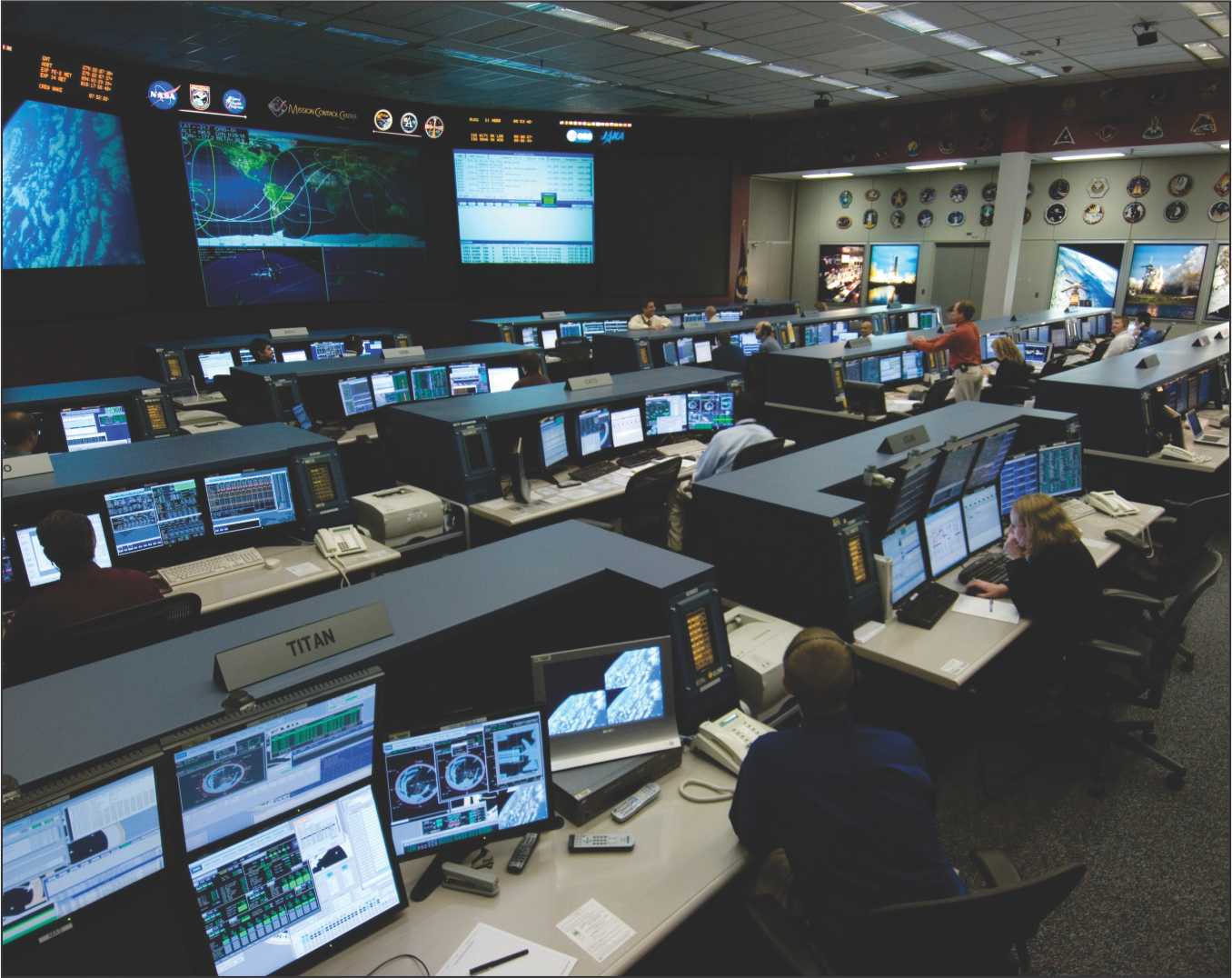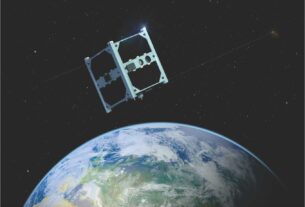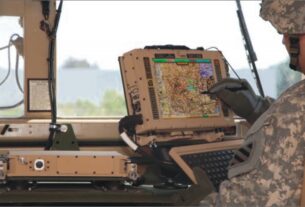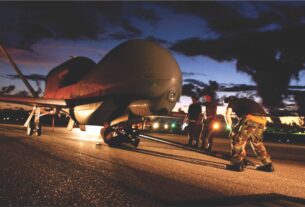The decision to set up an aerospace command is moving at a snail’s pace. As a first step towards the creation of an aerospace command the Indian Ministry of Defence has decided to set up an aerospace agency, besides setting up a cyber agency, which will be jointly managing the requirements of three services as a precursor to setting up the cyber command.
The Ministry of Defence has also decided to set up a Special Operations Division under the Integrated service command. The idea for setting up an aerospace command was originally propounded by the Indian Air Force Headquarters in the last decade of the last century. Thereafter the IAF authorities extensively discussed the command and control structure and by 2005 the then IAF Chief formally proposed to the MoD for setting up an aerospace command.
However a decade later the MoD still seems to be dithering over the proposal to set up a full-fledged aerospace command. Hence, the IAF Headquarters and MoD has perhaps reached a compromise formula to set up an aerospace agency, with less infrastructure in space. Though this will be a precursor to the ultimate aerospace command the Indian armed forces are seeking, this is, in fact only a little improvement from 2010 when the then Defence Minister A K Antony had announced in Parliament the setting up of an Aerospace cell for the Air Force, under the aegis of the Integrated Defence Staff as a stop gap measure to set up an aerospace command.
Deciding roadmap
The Chief of the IAF Air Chief Marshal Arup Raha went on record to say on the occasion of Air Force Day that the three services have been working for quite some time, based on the recommendations of the Naresh Chandra Committee report recommendations on the proposed Aerospace Agency.
According to Air Chief Marshal Raha this proposal is now being discussed in the MoD. According to the Chief, “as of now we are setting up a cyber agency for all the three forces called Defence Cyber Agency. For the aerospace command, the Defence aerospace agency will be set up first.” Air Chief Raha clarified that this will only be an interim arrangement. “It is already being worked out and being put into action, over and above what we have in the three defence services and it is being cleared by the Headquarters Integrated Defence Staff. So this defence agency and Cyber agency has a division of special operations, The interim structure are ready, and we are just giving them a formal shape that we put into place. We are just waiting for formal approval so that we put into place structures within a short time.”
The Air Force Chief explained that structures are being worked out. “We will have Defence Space Command, Cyber Space Command and Special Operations Command. It will be a tri-service command and all the commands will be joint commands and will be tri-service. Ranks structures are being worked out.
These forward looking decisions were taken after exhaustive discussions. However according to defence sources, it will be a long walk before the aerospace command will finally see the light of the day. The planned Agency will be a smaller structure and less spread, whereas the Command will have extensive presence in all the defence establishments for proper coordination.
According to sources the IDS mandarins have agreed to expand and upgrade the existing Defence Information Assurance and Research Agency into the DSA, while the DSA will be set up by aggregating the resources of the three services. The MoD is on the last stage of finalizing the Defence Space Roadmap 2030 which will go beyond the identified areas of intelligence, reconnaissance, surveillance, communication and navigation. As far as Special Operations Division is concerned the three services will retain and nurture their individual special forces and out of the three a central pool will also be established for joint command and unconventional warfare capabilities.
Space assets
Though the Indian Air Force has not yet been provided its own dedicated military satellite, the Indian Navy has got one in mid 2013 . The satellite called the Rukmini has been designed especially for communications with the warships in high seas, the satellite can also be in a position to communicate with the Indian Air Force planes. Since the aerospace agency being set up will be a tri-service one, the Rukmini will be used for all the three services till the other services get their own independent dedicated satellites. The GSAT-7 will boost the Indian Navy’s blue water capabilities with a 2000 nautical mile footprint over the crucial Indian Ocean region. This will help seamlessly network the entire navy. Hence like the Indian Navy, the Indian Air Force and the Indian Army are also seeking for their own independent network connectivity.
The senior officials of the armed forces emphasize that the future wars will be network centric and the countries possessing the infrastructure in space under the integrated Aerospace Command, will have an upper edge over the adversary. The political bosses have been made aware of this serious gap prevailing in Indian armed forces vis a vis the Chinese armed forces.
The hilly terrains of the North East and the Ladakh will be totally visible to the forces which possesses assets in space. The satellites will relay the real time data which will help the forces to take accurate offensive decisions. According to experts since the terrain on the North Eastern border areas are mountainous, the army and air forces have to depend on space based assets for which an aerospace command is the need of the hour.
Not only the land borders, the maritime areas are also to be safeguarded with the help of satellites. It is good that the navy has been provided an independent satellite, but they also need associated facilities to keep a round the clock watch on the maritime movements.
India’s principal adversary China has already set up a command and control center for aerospace called the Beijing Aerospace and Command and Control Center, which is a command center for Chinese space program, but knowledgeable people say that this center also assists the military assets for combat requirements.
India must gear up fast to match with the Chinese aerospace command and control center. However, the Chinese armed forces have been working on an integrated aerospace command, Presently the three services have their own independent systems and assets . The Chinese have already demonstrated their military prowess in space in 2007, when they destroyed a satellite through an earth launched satellite. Apart from US and Russia other major powers like UK, France and Israel have also dedicated military space commands.
The Indian Service chiefs have been talking of the necessity of such an aerospace command since early last decade, but the political leadership has been dithering. Hence, the decision to first go in for an aerospace agency. This is only a lollypop for the services when one compares with the rival Chinese forces.
The necessity and concept of an aerospace command was felt during the Kargil conflict, when the Indian armed forces sincerely wished if they had space based assets, they would have easily located the presence of Pakistani forces on the hills and coordinated the attack missions of the Indian artillery and the bombers. Such a nodal agency would be able to supervise the country’s efforts for setting up assets in space designed for particular needs of the military. Satellite based space assets can help in surveillance and imagery of enemy forces vulnerable areas and points, navigation and precision targeting. The space based assets can also guide in targeting of cruise missiles.





